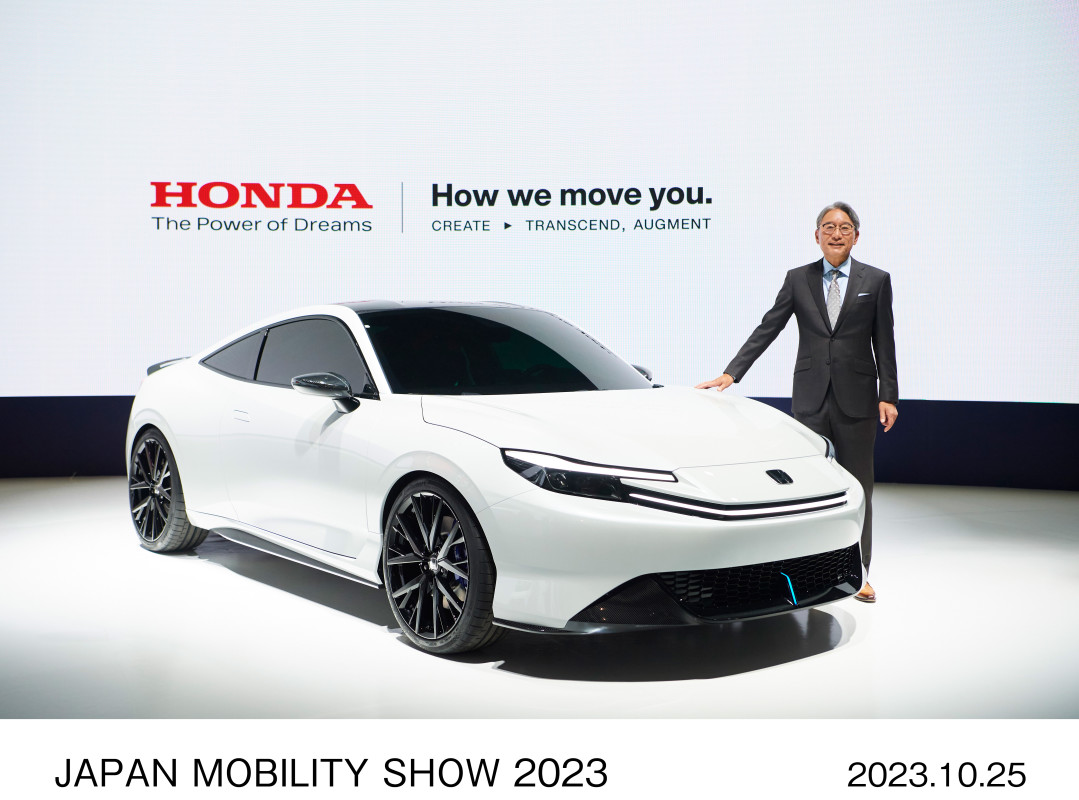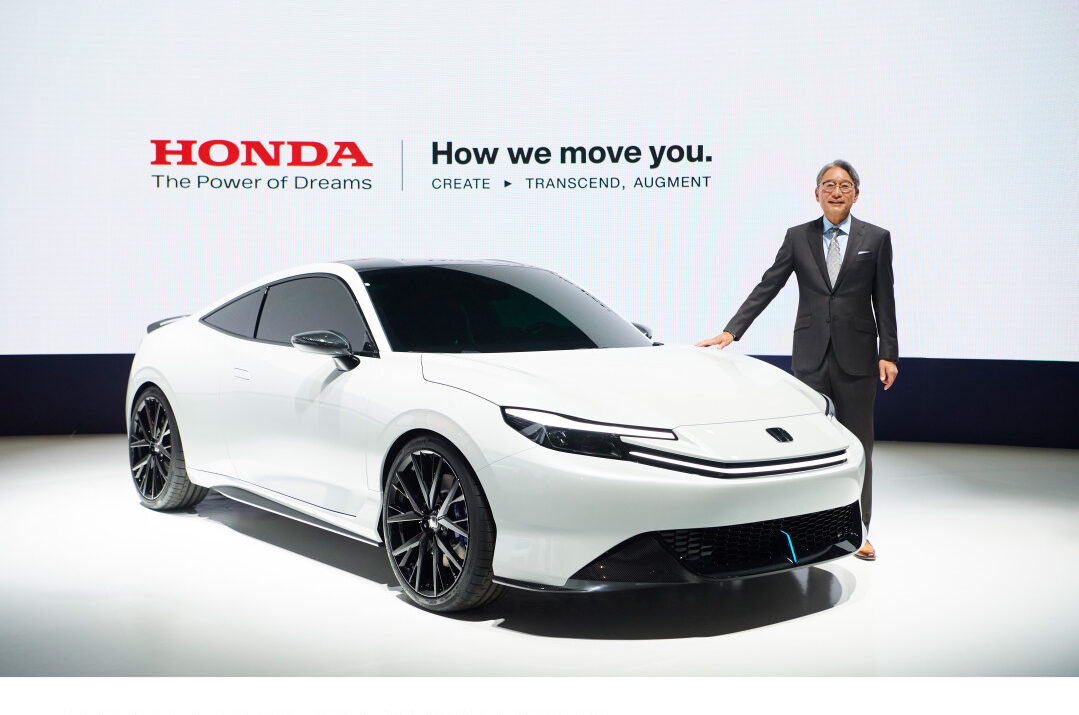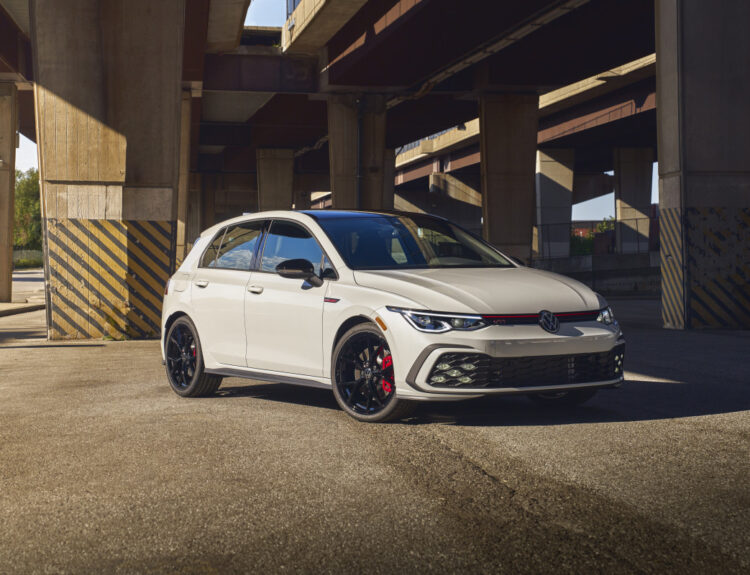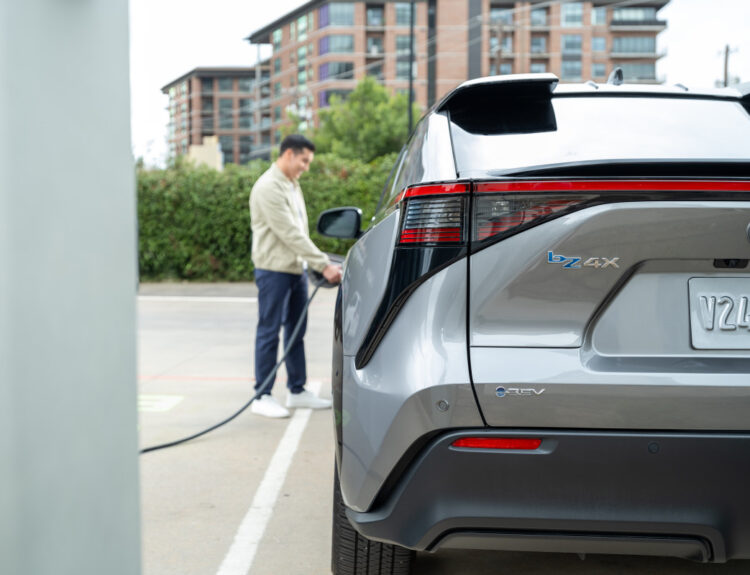
Honda has unveiled plans to develop two innovative four-cylinder hybrid engines, both of which will employ the Atkinson cycle. These engines are set to feature a new front-wheel drive unit as well as an integrated cooling system, marking a significant step forward in the automaker’s hybrid technology.
The company has disclosed that these new powertrains will be integrated into its forthcoming midsize platform, which is designed to enhance overall fuel efficiency by an impressive 10 percent.
Compact Design, Significant Gains
The new engines will be available in 1.5- and 2.0-liter configurations. The 1.5-liter engine boasts a dramatic improvement in fuel economy, achieving a more than 40 percent increase in efficiency at optimal RPM, a stark contrast to the current 1.5-liter model utilized in Honda’s e:HEV system.
Honda’s hybrid approach aims to maximize fuel efficiency through effective torque management and battery assistance during steady-state driving. The company is also enhancing its EV Drive and Hybrid Drive modes, focusing on optimal combustion efficiency and effective power conversion.
These advanced engines are engineered to maintain a consistent air-fuel ratio, ensuring that the optimal balance is achieved across a range of driving conditions. This means that, irrespective of driving circumstances, the direct injection system adeptly maximizes the air-fuel mixture, allowing for efficient fuel usage.
A Leaner, More Cost-Effective Platform
The new midsize platform will also incorporate "new body rigidity management," enabling a reduction in vehicle weight by up to 200 pounds, which will further contribute to improved fuel economy.
Moreover, Honda anticipates that manufacturing costs will decrease substantially. By sharing components across various small and midsize models—achieving a component commonality ratio exceeding 60%—Honda aims to cut vehicle production costs by 50% relative to models released in 2018 by the year 2027.
An Intelligent Gear Shift System
Additionally, Honda will introduce a new S+ Shift system that autonomously manages engine RPM during acceleration and deceleration, facilitating smoother gear transitions while enhancing engine sound quality through the vehicle’s audio system. This system draws parallels to the artifice of synthetic EV sounds, but is designed to elevate the audible experience of the four-cylinder engine. The S+ Shift technology is set to debut in the 2025 Prelude.
Concluding Remarks
While Honda’s new engines primarily serve as refinements of existing technologies, they represent a solid foundation for an effective hybrid powertrain. However, the most intriguing prospect is the forthcoming integration of E-AWD across all e:HEV models on the new platform.
This E-AWD system, which will be shared by both hybrid and electric vehicles in Honda’s lineup, aims to enhance driving dynamics and acceleration. By meticulously monitoring tire contact loads, Honda promises an enriching driving experience across varied conditions.
The shift toward electrification holds the potential to retain engaging driving experiences; we remain hopeful that this optimism will be realized in Honda’s future models.
Source:www.autoblog.com






